
Revolutionizing Protection Standards for Low Voltage Circuit Breakers in 2030
As the demand for efficient and reliable electrical systems escalates, the role of Low Voltage Circuit Breakers (LVCBs) has become increasingly paramount in ensuring safety and performance in various applications. According to a recent market report by Mordor Intelligence, the global low voltage circuit breaker market is projected to grow at a CAGR of 5.8% from 2021 to 2026, reflecting an urgent need for enhanced protection standards tailored for modern energy requirements. By 2030, advancements in technology and manufacturing processes will revolutionize these standards, offering improved functionality and resilience. With China's commitment to world-class manufacturing and an expanding export footprint, the nation is poised to lead this evolution, highlighting the importance of integrating innovation in LVCB design and effectiveness. This blog explores how revolutionary changes in protection standards are shaping the future of low voltage circuit breakers, positioning China as a global leader in this critical industry.
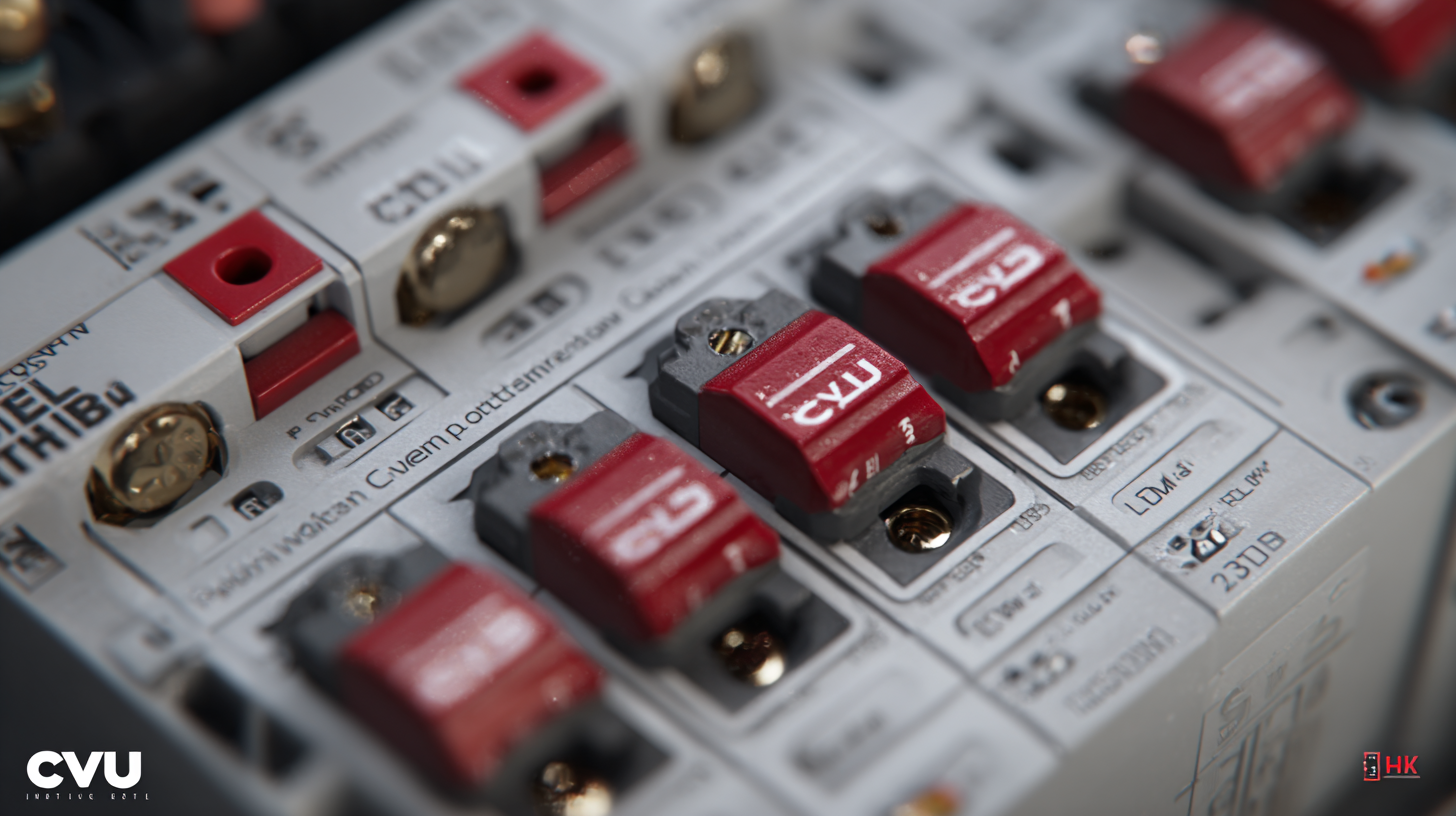
Key Enhancements in Low Voltage Circuit Breaker Technology by 2030
The landscape of low voltage circuit breaker technology is set to undergo transformative enhancements by 2030, driven by the need for increased safety, efficiency, and integration with smart grids. According to a recent report by MarketsandMarkets, the global low voltage circuit breaker market is projected to reach USD 16.94 billion by 2025, growing at a compound annual growth rate (CAGR) of 6.9%. This growth is fueled by the rising demand for renewable energy sources and the increasing complexity of electrical distribution systems.
Key enhancements in low voltage circuit breakers will include advanced features such as predictive maintenance capabilities powered by artificial intelligence. The integration of IoT technology will allow for real-time monitoring and diagnostics, significantly reducing downtime. Furthermore, regulatory bodies are emphasizing the importance of sustainability and environmental impact, pressuring manufacturers to adopt eco-friendly materials and production processes. A report from Technavio highlights that energy-efficient circuit breakers will dominate the market, as they play a pivotal role in reducing energy consumption by up to 20%, thus aligning with global sustainability goals.
As we move towards 2030, the ongoing evolution in low voltage circuit breakers will not only enhance protection standards but also support the transition to smarter and more resilient electrical systems, ensuring reliability and safety in an increasingly electrified world.
Essential Safety Standards for Low Voltage Circuit Breakers: A Comprehensive Checklist
As we approach 2030, the importance of stringent safety standards for low voltage circuit breakers cannot be overstated. These critical components play a pivotal role in protecting electrical systems and ensuring the overall safety of residential and industrial applications. A comprehensive checklist of essential safety standards is crucial for manufacturers and consumers alike to navigate the evolving landscape of low voltage technology.
Key elements in the checklist should include compliance with international and regional regulations, such as IEC and NEC standards. Testing for temperature rise, dielectric properties, and short-circuit withstand strength are fundamental to ensuring reliable performance. Additionally, incorporating advanced features like arc-fault detection and overload protection can significantly enhance safety. Stakeholders should prioritize real-time monitoring capabilities as well, allowing for immediate alerts to potential failures and improving overall response times.
Regular audits and adherence to updated regulations will ensure that low voltage circuit breakers meet the necessary safety requirements. A proactive approach towards incorporating innovations will not only improve safety but also drive the evolution of standards in the industry, ultimately leading to better protection and enhanced efficiency for users.
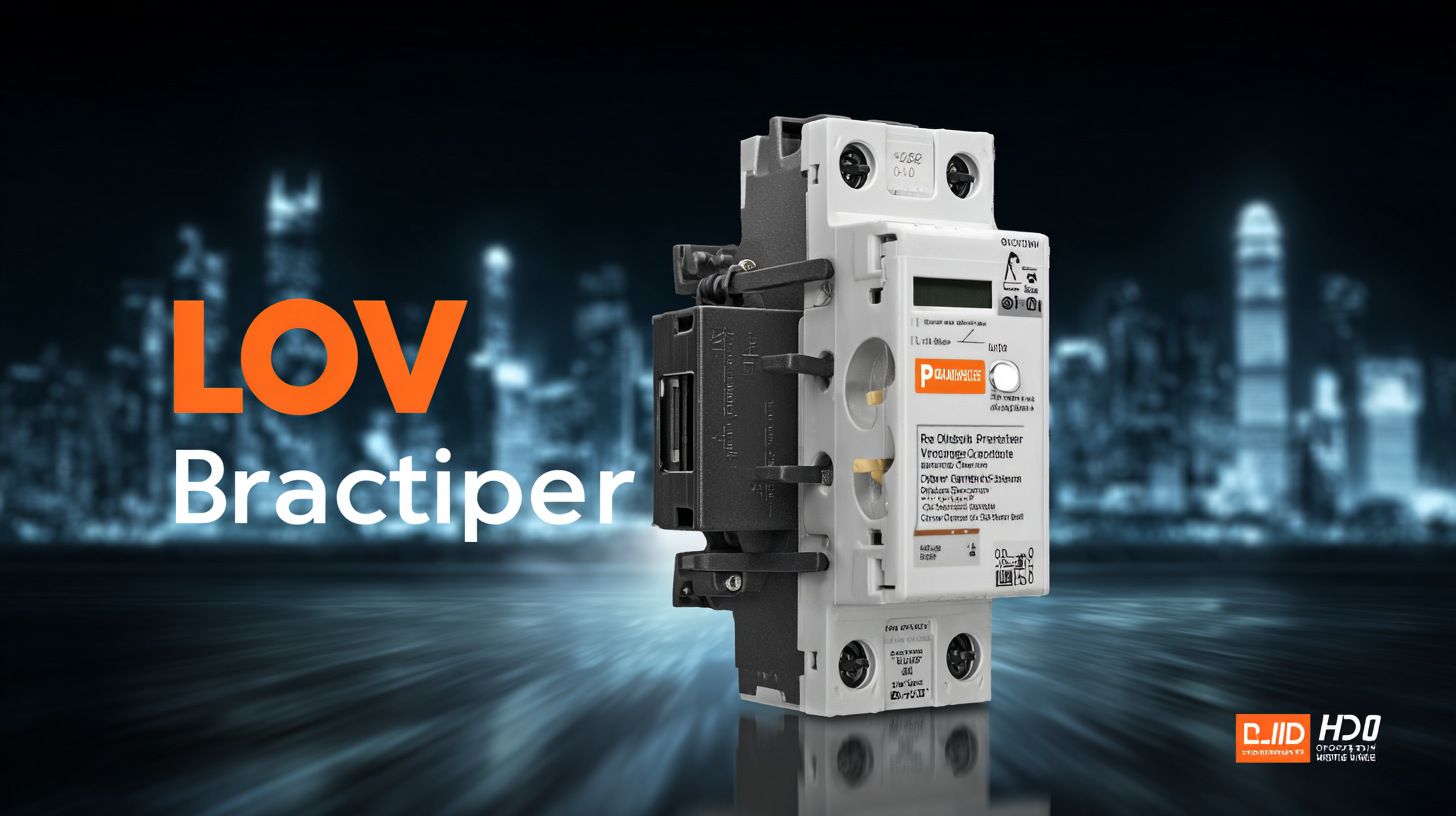
Impact of Digitalization on Low Voltage Circuit Breaker Protection Standards
As we approach 2030, the impact of digitalization on low voltage circuit breaker protection standards is becoming increasingly evident. The integration of smart technology into low voltage power distribution systems enhances operational efficiency and reliability, while also introducing new challenges. Cybersecurity is a significant concern; a cyberattack on these systems could lead to severe disruptions and safety risks. It's crucial for manufacturers and users alike to adopt a comprehensive cybersecurity strategy to safeguard electrical infrastructure.
Tips for enhancing protection standards include integrating advanced monitoring systems to detect anomalies in real-time, ensuring regular updates to software for circuit breakers, and investing in employee training focused on cybersecurity awareness. Additionally, the trend towards compact and reliable equipment design promotes better space utilization while supporting the transition to renewable energy sources. This shift not only demands innovative circuit breaker solutions but also emphasizes the importance of digital tools for improving protection standards.
As the low voltage circuit breaker market continues to grow, anticipating a CAGR of 8.8% through 2034, stakeholders must prioritize the advancement of protection standards that leverage digitalization. Embracing these technologies will not only provide better protection against faults and disruptions but also optimize the performance of power distribution systems in an evolving energy landscape.
Revolutionizing Protection Standards for Low Voltage Circuit Breakers in 2030 - Impact of Digitalization on Low Voltage Circuit Breaker Protection Standards
| Dimension | Current Standards | Expected Changes by 2030 | Impact of Digitalization |
|---|---|---|---|
| Protection Mechanisms | Electromechanical Relays | Smart Digital Relays | Increased accuracy and speed in fault detection |
| Communication Protocols | Proprietary Protocols | Open Standard Protocols (e.g., IEC 61850) | Improved interoperability and remote monitoring |
| Data Analytics | Minimal Data Usage | Extensive Data Collection and Analysis | Predictive maintenance and enhanced performance insights |
| User Interface | Traditional Manual Interfaces | Intuitive Touchscreen Controls | Enhanced user experience and accessibility |
| Regulatory Compliance | Static Standards | Dynamic Standards | Adaptability to technological advancements |
Evaluating Compliance: Must-Have Features for Modern Circuit Breakers
The future of low voltage circuit breakers is set to be driven by rigorous compliance standards tailored to evolving technological demands. As we approach 2030, the focus on safety, efficiency, and sustainability will dictate essential features for modern circuit breakers. One of the must-have attributes is advanced overload protection capabilities, which ensure equipment safety while minimizing the risk of failure. Incorporating smart technology will also be pivotal, allowing circuit breakers to communicate with other devices, leading to enhanced monitoring and real-time fault detection.

In addition to smart technology, energy efficiency will be a critical feature. Circuit breakers must comply with stricter energy efficiency standards, ensuring they operate optimally without unnecessary power losses. Moreover, the integration of self-diagnostics will become increasingly important, enabling circuit breakers to evaluate their performance continually and alert users to potential issues before they escalate. As industries push towards automation and smarter solutions, these features will not only bolster safety but also drive operational efficiency in various sectors.
Future Trends: Anticipating Changes in Electrical Safety Regulations
As we look towards 2030, the landscape of electrical safety regulations is set for transformative changes, particularly in the realm of low voltage circuit breakers. The evolution of technology and the increasing complexity of electrical systems necessitate a reevaluation of existing protection standards. Future regulations will likely incorporate advanced materials and smart technologies that enhance both safety and efficiency. These innovations could introduce features such as real-time monitoring, predictive maintenance, and automated fault detection, allowing for quicker response times and reduced risks.
Moreover, the integration of sustainability into electrical safety norms will be essential. As global initiatives push for greener practices, regulatory bodies are expected to mandate environmentally friendly solutions within circuit breaker designs. This shift will drive manufacturers to explore energy-efficient alternatives, reducing carbon footprints while maintaining robust protection standards. Consequently, the convergence of safety, technology, and environmental considerations will redefine electrical safety regulations, fostering a safer and more sustainable future in the electrical industry.

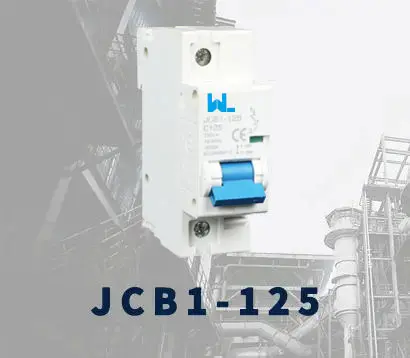 JCB1-125
JCB1-125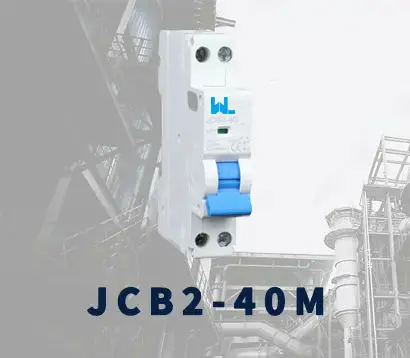 JCB2-40M
JCB2-40M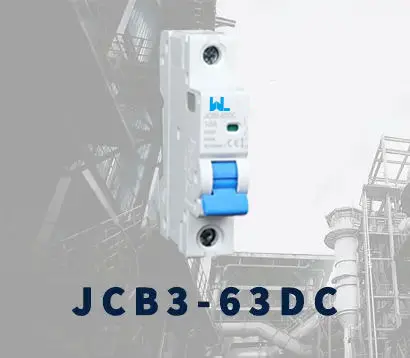 JCB3-63DC
JCB3-63DC JCB3-80H
JCB3-80H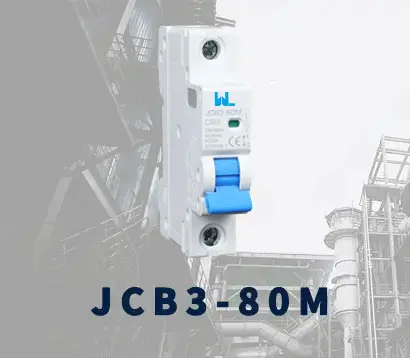 JCB3-80M
JCB3-80M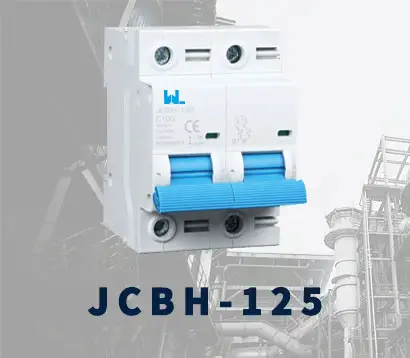 JCBH-125
JCBH-125 JC125-4P
JC125-4P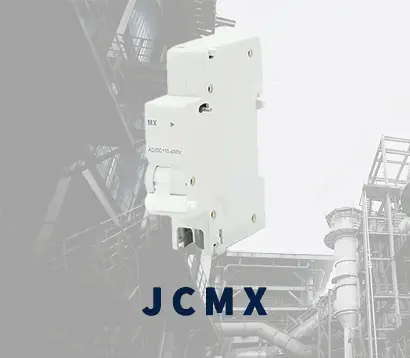 JCMX
JCMX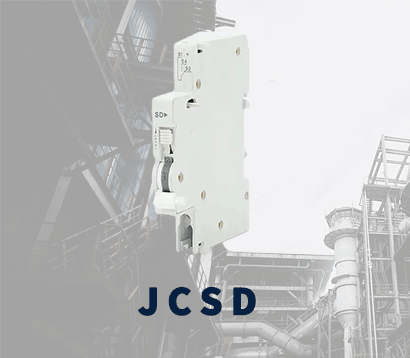 JCSD
JCSD JCOF
JCOF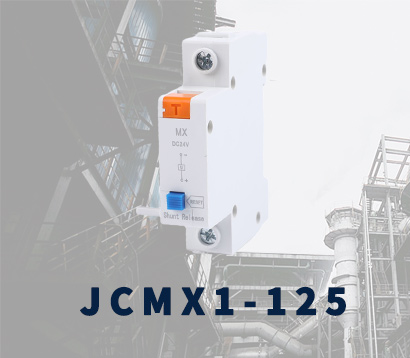 JCMX1-125
JCMX1-125 JCOF1-125
JCOF1-125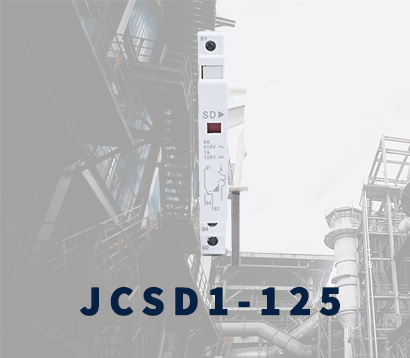 JCSD1-125
JCSD1-125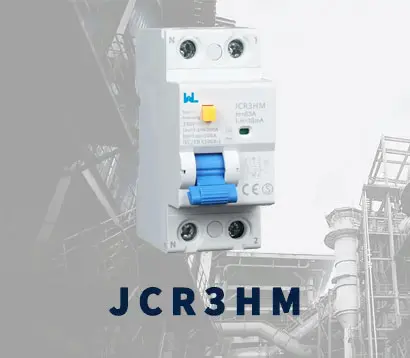 JCR3HM
JCR3HM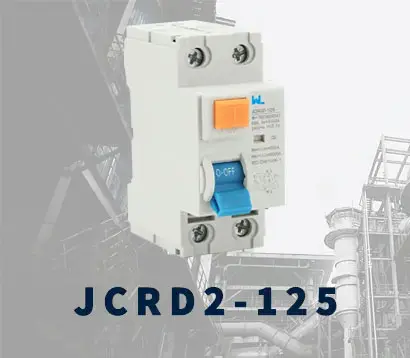 JCRD2-125
JCRD2-125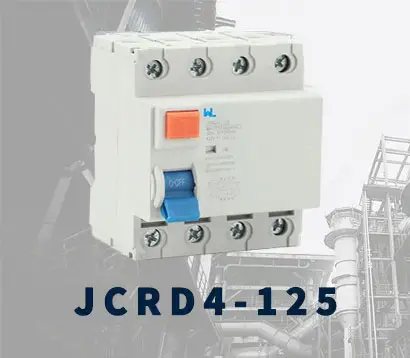 JCRD4-125
JCRD4-125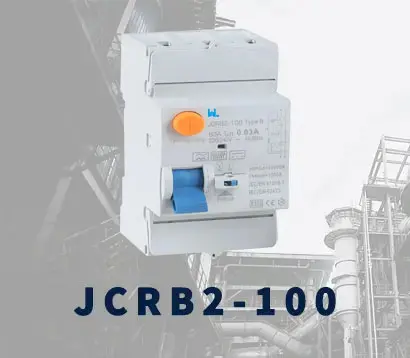 JCRB2-100
JCRB2-100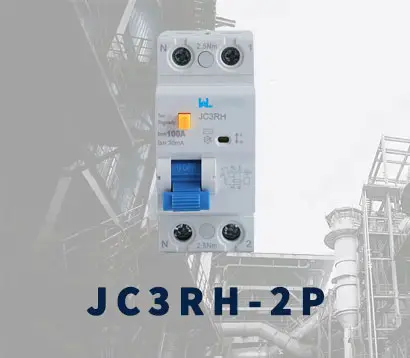 JC3RH-2P
JC3RH-2P JC3RH-S
JC3RH-S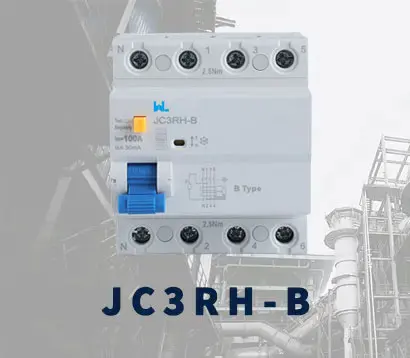 JC3RH-B
JC3RH-B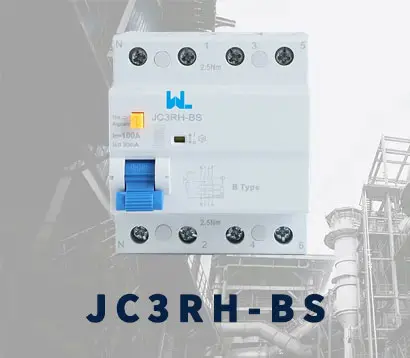 JC3RH-BS
JC3RH-BS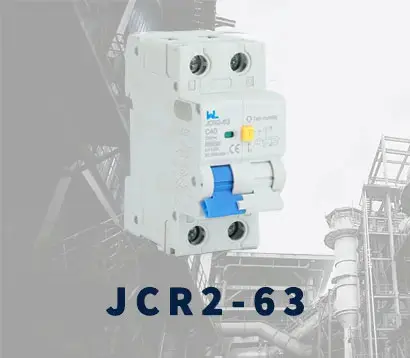 JCR2-63
JCR2-63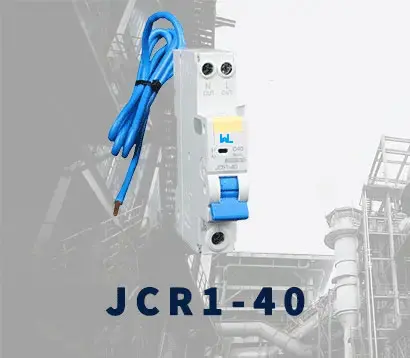 JCR1-40
JCR1-40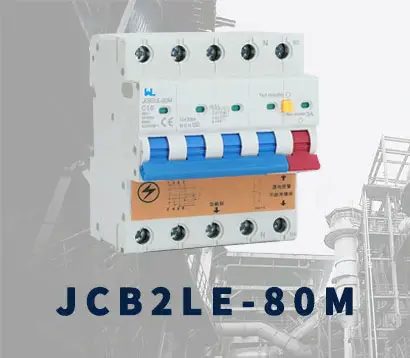 JCB2LE-80M
JCB2LE-80M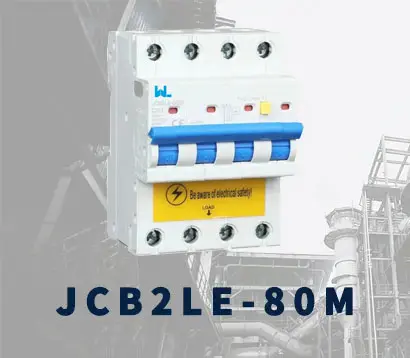 JCB2LE-80M
JCB2LE-80M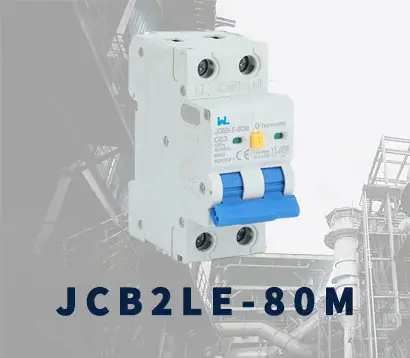 JCB2LE-80M
JCB2LE-80M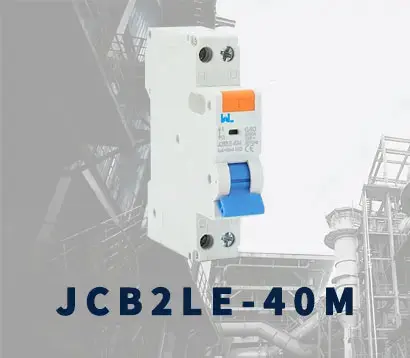 JCB2LE-40M
JCB2LE-40M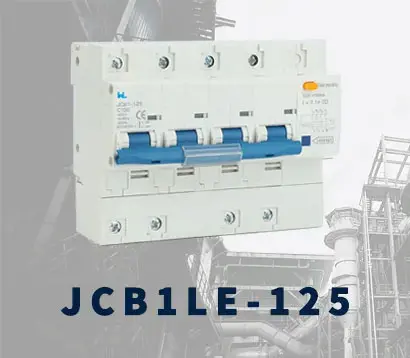 JCB1LE-125
JCB1LE-125 JCB3LM-80
JCB3LM-80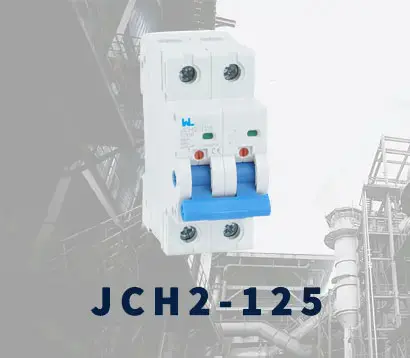 JCH2-125
JCH2-125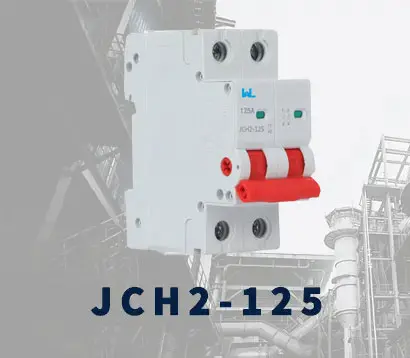 JCH2-125
JCH2-125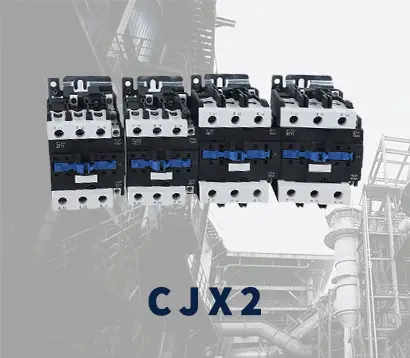 CJX2
CJX2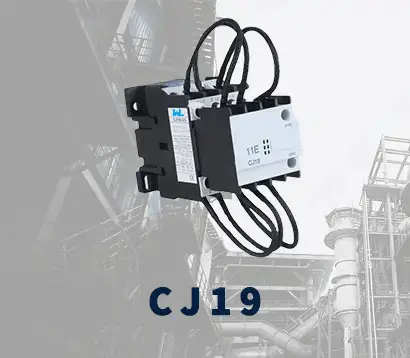 CJ19
CJ19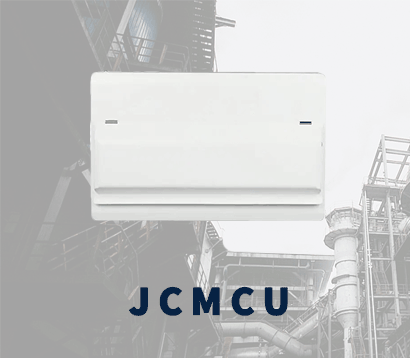 JCMCU
JCMCU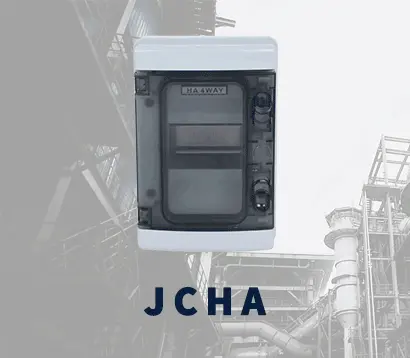 JCHA
JCHA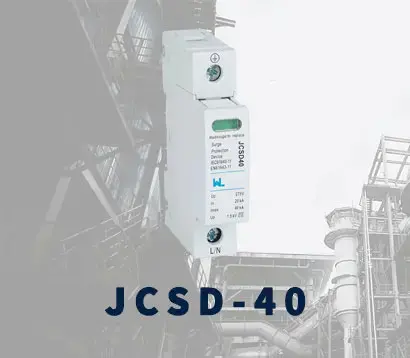 JCSD-40
JCSD-40 JCSD-60
JCSD-60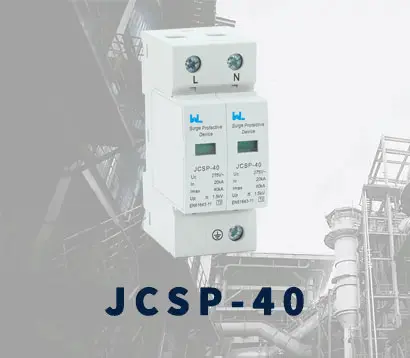 JCSP-40
JCSP-40 JCSP-60
JCSP-60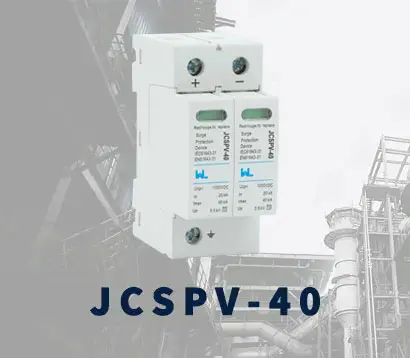 JCSPV
JCSPV WEW1-1000
WEW1-1000 WEW1-1600
WEW1-1600 WEW1-2000
WEW1-2000 WEW1-3200
WEW1-3200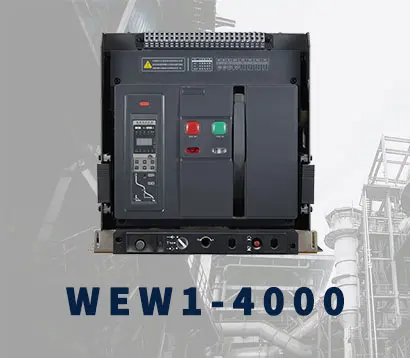 WEW1-4000
WEW1-4000 WEW1-6300
WEW1-6300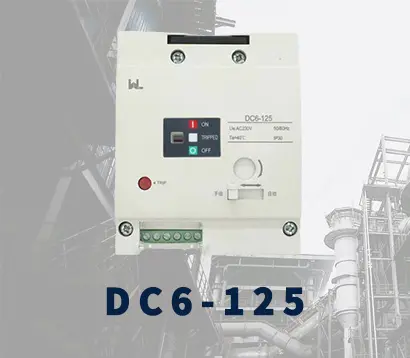 DC6-125
DC6-125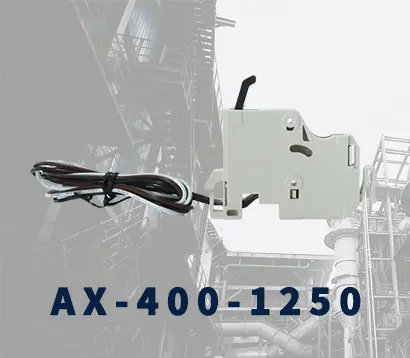 AX-400-1250
AX-400-1250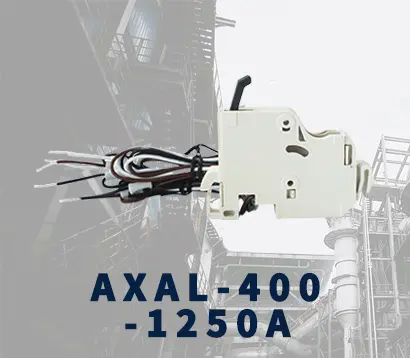 AXAL-400-1250A
AXAL-400-1250A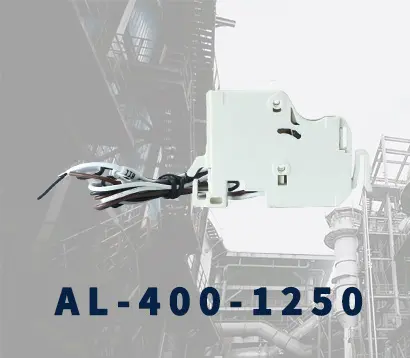 AL-400-1250
AL-400-1250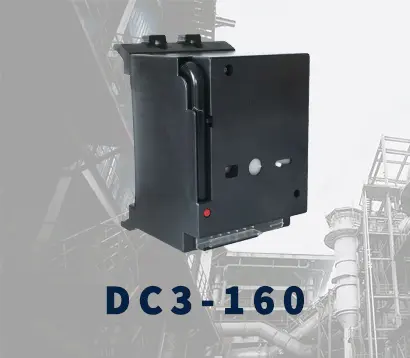 DC3-160
DC3-160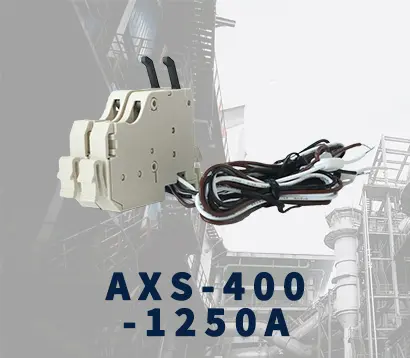 AXS-400-1250A
AXS-400-1250A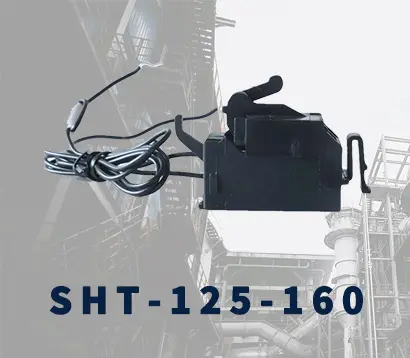 SHT-125-160
SHT-125-160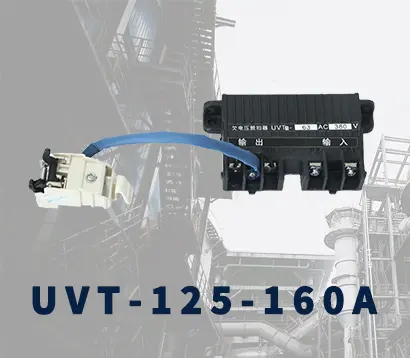 UVT-125-160A
UVT-125-160A P-250A-3P-A
P-250A-3P-A 400-3P/4P terminal cover
400-3P/4P terminal cover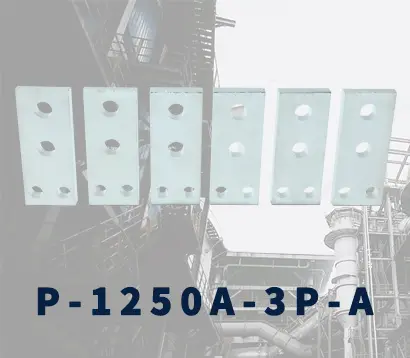 1250-3Pmccb accessories busbar
1250-3Pmccb accessories busbar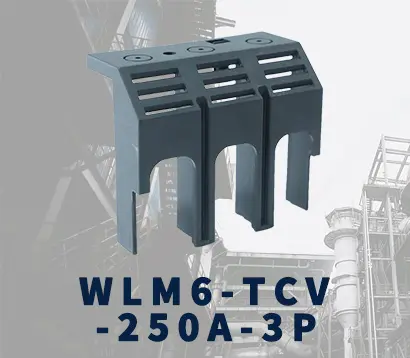 250-3P terminal conver
250-3P terminal conver WLM6-TCV-160A-3P
WLM6-TCV-160A-3P WLM6-MIP-250A
WLM6-MIP-250A WLM6-125A-3300 3P/4P
WLM6-125A-3300 3P/4P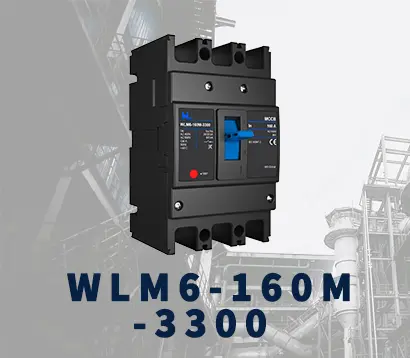 WLM6-160A-3300 3P/4P
WLM6-160A-3300 3P/4P WLM6-250A-3300 3P/4P
WLM6-250A-3300 3P/4P WLM6-400A-3300 3P/4P
WLM6-400A-3300 3P/4P WLM6-630A-3300 3P/4P
WLM6-630A-3300 3P/4P WLM6-800A-3300 3P/4P
WLM6-800A-3300 3P/4P WLM6-1250A-3300 3P/4P
WLM6-1250A-3300 3P/4P WLM6-1600A-3300 3P/4P
WLM6-1600A-3300 3P/4P WLM6-2000A 3P/4P
WLM6-2000A 3P/4P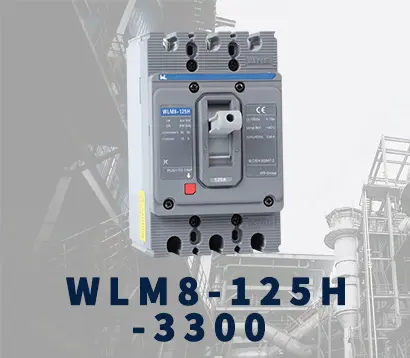 WLM8-125H-3300
WLM8-125H-3300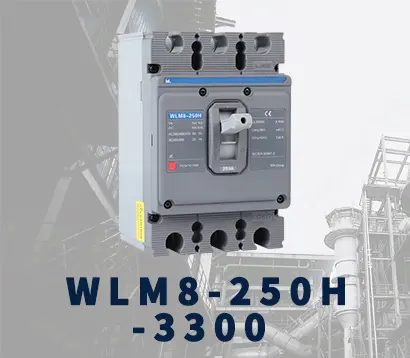 WLM8-250H-3300
WLM8-250H-3300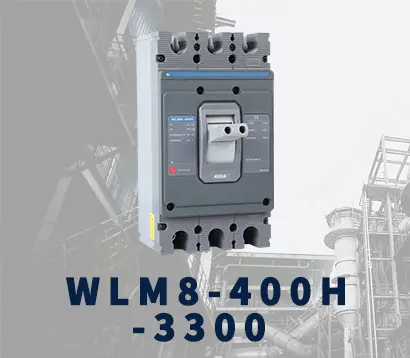 WLM8-400H-3300
WLM8-400H-3300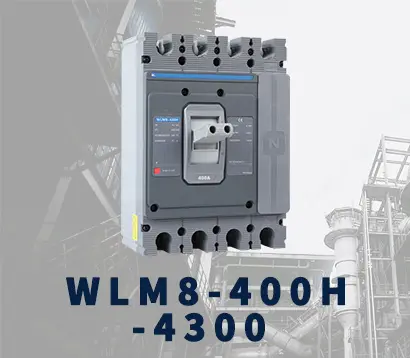 WLM8-400H-4300
WLM8-400H-4300 WLM8-630H-3300
WLM8-630H-3300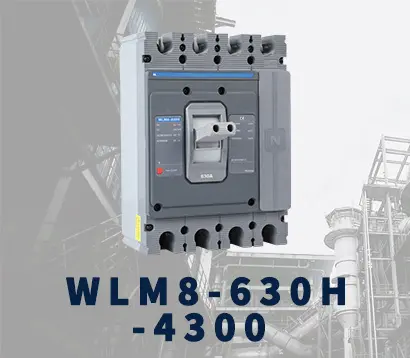 WLM8-630H-4300
WLM8-630H-4300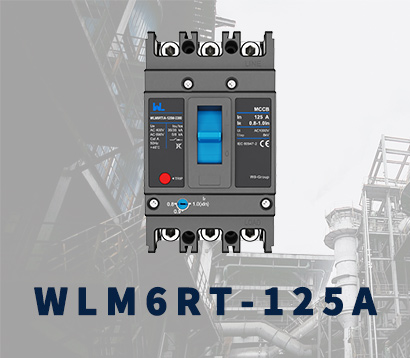 WLM6RT-125A
WLM6RT-125A WLM6RT-160A
WLM6RT-160A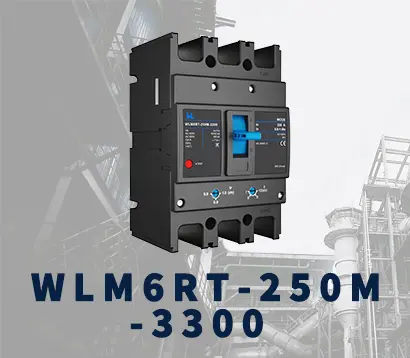 WLM6RT-250A
WLM6RT-250A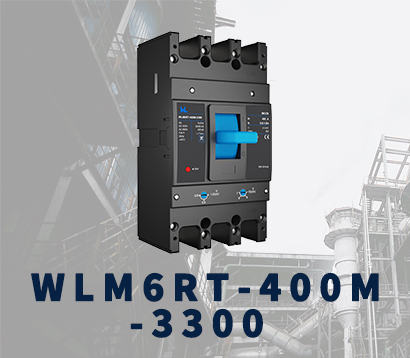 WLM6RT-400A
WLM6RT-400A WLM6RT-630A
WLM6RT-630A WLM6RT-800A
WLM6RT-800A WLM6RT-1250A
WLM6RT-1250A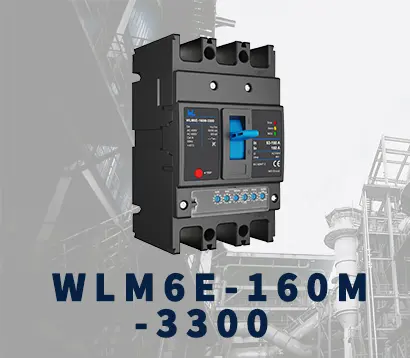 WLM6E-160A-3300 3P
WLM6E-160A-3300 3P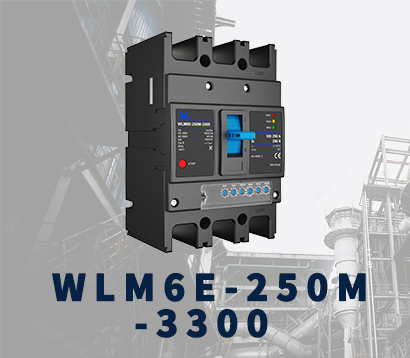 WLM6E-250A-3300
WLM6E-250A-3300 WLM6E-400A-3300 3P/4P
WLM6E-400A-3300 3P/4P WLM6E-630A-3300
WLM6E-630A-3300 WLM6E-800A-3300 3P/4P
WLM6E-800A-3300 3P/4P WLM6E-1250A-3300
WLM6E-1250A-3300 WLM6E-1600-3300 3P/4P
WLM6E-1600-3300 3P/4P WLM6E-2000A-3300 3P/4P
WLM6E-2000A-3300 3P/4P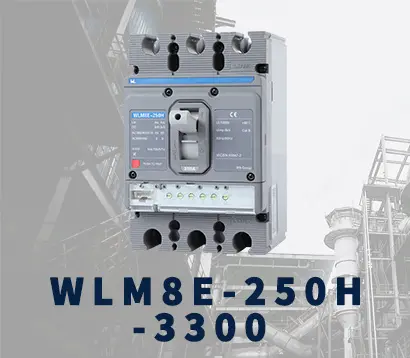 WLM8E-250H-3300
WLM8E-250H-3300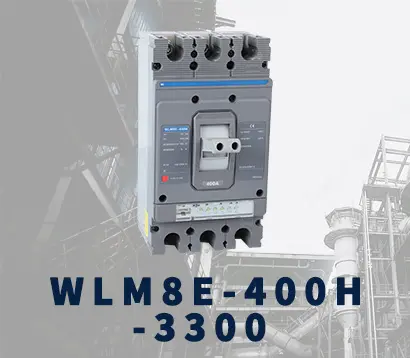 WLM8E-400H-3300
WLM8E-400H-3300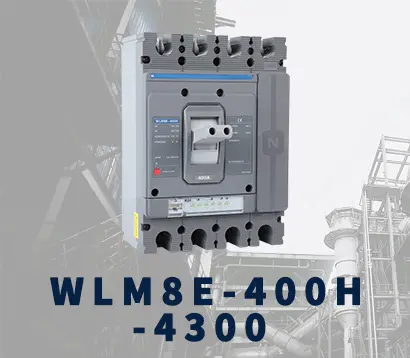 WLM8E-400H-4300
WLM8E-400H-4300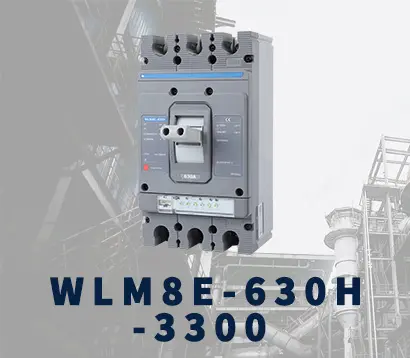 WLM8E-630H-3300
WLM8E-630H-3300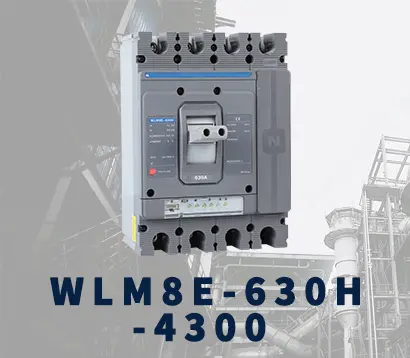 WLM8E-630H-4300
WLM8E-630H-4300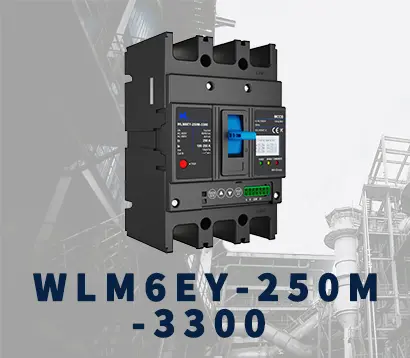 WLM6EY-250-3300 3P/4P
WLM6EY-250-3300 3P/4P WLM6EY-400 3P/4P
WLM6EY-400 3P/4P WLM6EY-630 3P/4P
WLM6EY-630 3P/4P WLM6EY-800A 3P/4P
WLM6EY-800A 3P/4P WLM6EY-1250A 3P/4P
WLM6EY-1250A 3P/4P WLM6ELY-160A
WLM6ELY-160A WLM6ELY-250A
WLM6ELY-250A WLM6ELY-400A
WLM6ELY-400A WLM6ELY-800A
WLM6ELY-800A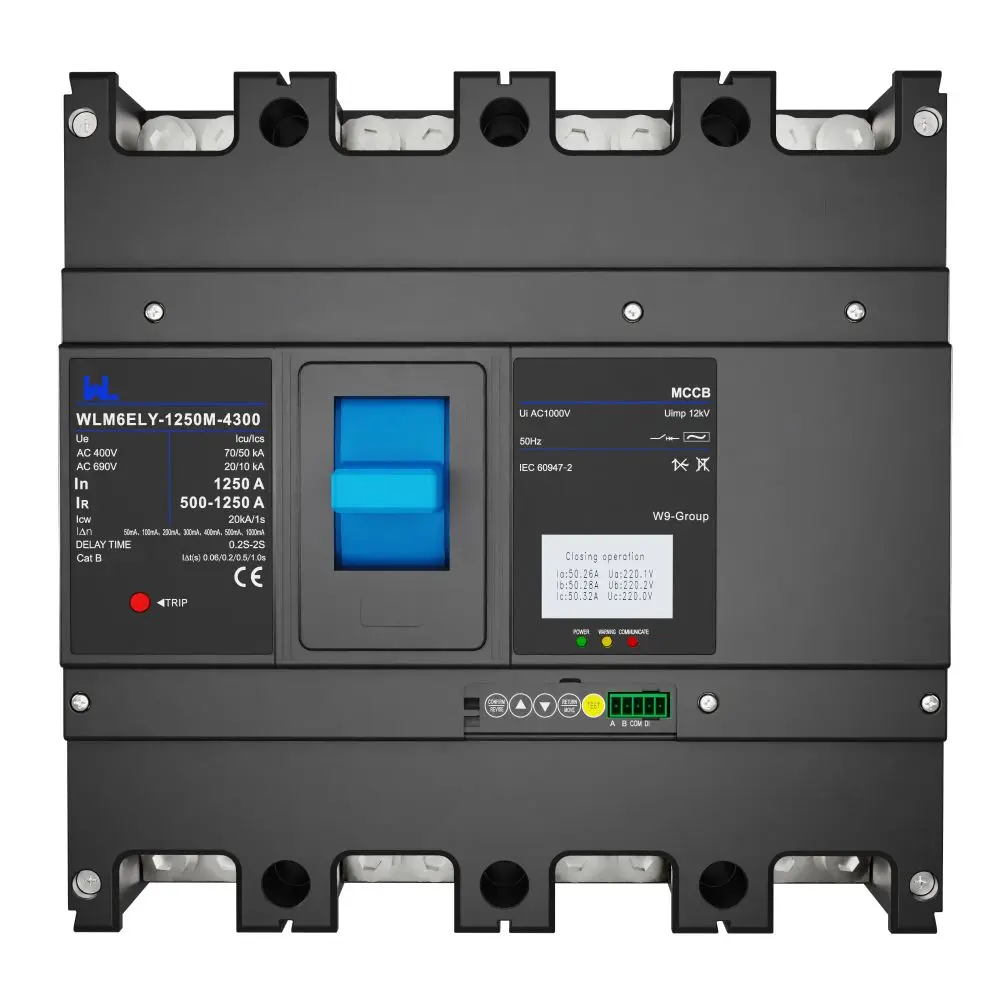 WLM6ELY-1250A
WLM6ELY-1250A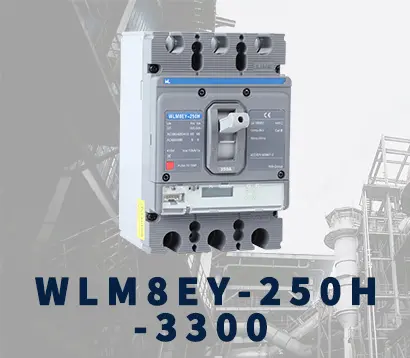 WLM8EY-250H-3300
WLM8EY-250H-3300 WLM8EY-400H-3300
WLM8EY-400H-3300 WLM8EY-630H-3300
WLM8EY-630H-3300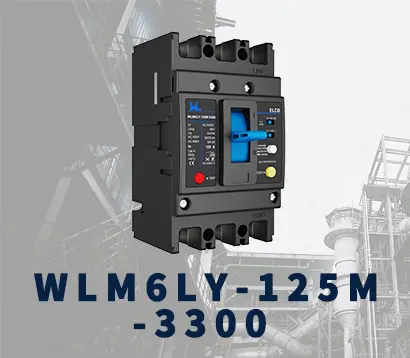 WLM6LY-125A
WLM6LY-125A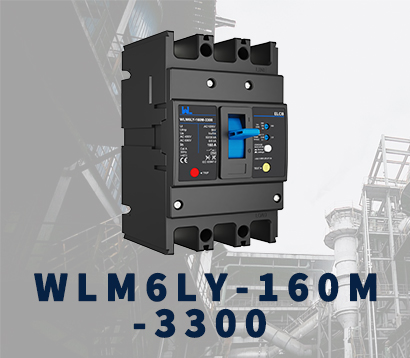 WLM6L-160A
WLM6L-160A WLM6LY-250A
WLM6LY-250A WLM6LY-400A
WLM6LY-400A WLM6LY-800A
WLM6LY-800A WLM6LY-630A
WLM6LY-630A WLM6LY-1250A
WLM6LY-1250A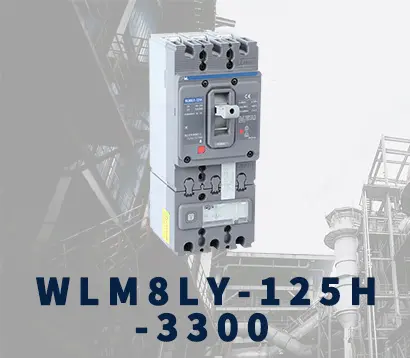 WLM8LY-125H-3300
WLM8LY-125H-3300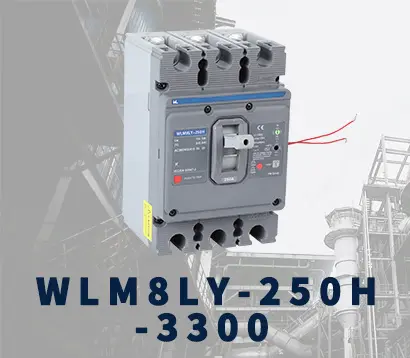 WLM8LY-250H-3300
WLM8LY-250H-3300 WLM8LY-400H-3300
WLM8LY-400H-3300 WLM8LY-630H-3300
WLM8LY-630H-3300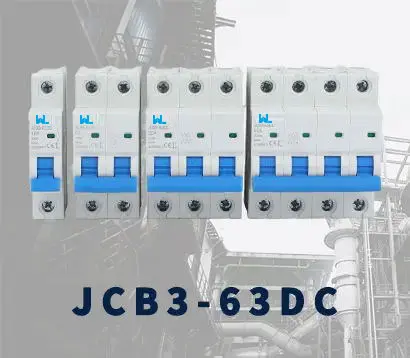 JCB3-63DC
JCB3-63DC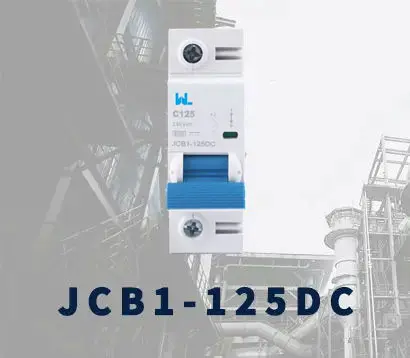 JCB1-125DC
JCB1-125DC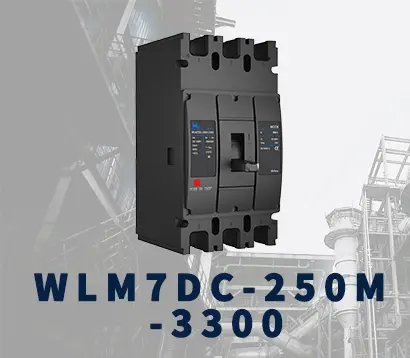 WLM7DC-250A-2300 2P/3P
WLM7DC-250A-2300 2P/3P WLM7DC-315A-3300 2P/3P
WLM7DC-315A-3300 2P/3P WLM7DC-400A-2300 2P/3P
WLM7DC-400A-2300 2P/3P WLM7DC-630A-3300 3P
WLM7DC-630A-3300 3P WLM7DC-800A-2300 2P/3P
WLM7DC-800A-2300 2P/3P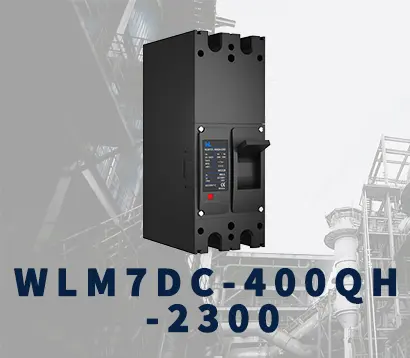 WLM7DC-400A 2300
WLM7DC-400A 2300 WLM7DC-630A-2300 2P
WLM7DC-630A-2300 2P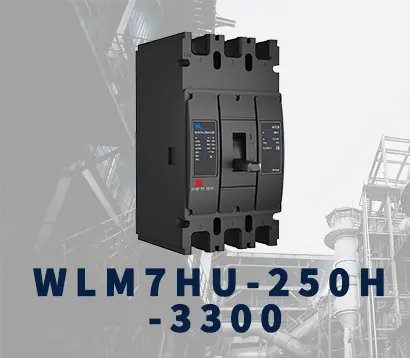 WLM7HU-250-3300 3P
WLM7HU-250-3300 3P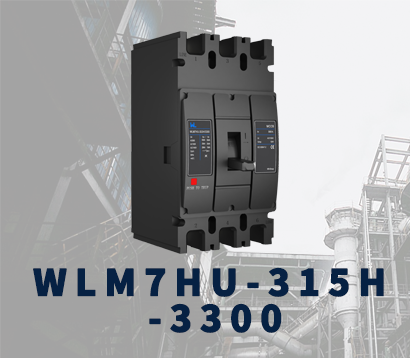 WLM7HU-315-3300 3P
WLM7HU-315-3300 3P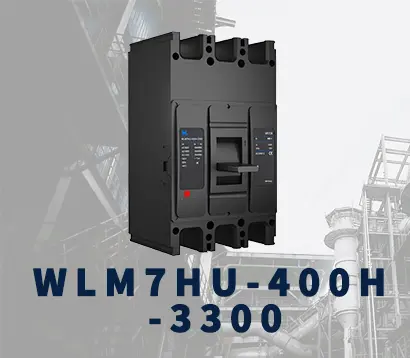 WLM7HU-400-3300 3P
WLM7HU-400-3300 3P WLM7HU-630-3300 3P
WLM7HU-630-3300 3P WLM7HU-800-3300 3P
WLM7HU-800-3300 3P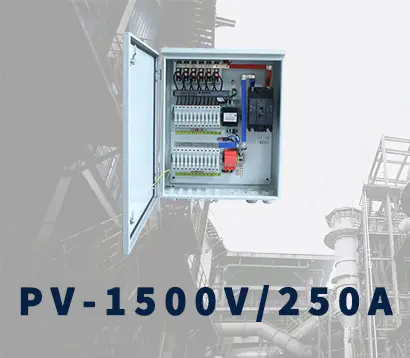 PV-1500V/250A
PV-1500V/250A WEW3-1600
WEW3-1600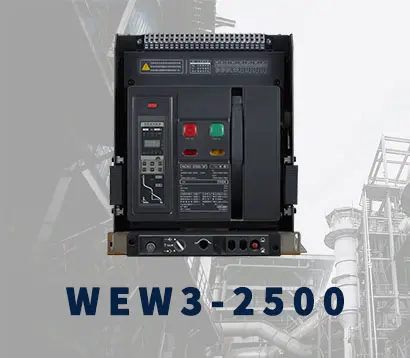 WEW3-2500
WEW3-2500 WEW3-4000
WEW3-4000 WEW3-7500
WEW3-7500



